Swiss Tectonic Arena Sardona: The Piz Sardona is a mountain in the Glarus Alps, a mountain range in central Switzerland. The 300 km² area around the mountain Piz Sardona displays an exceptional example of mountain building through continental collision. The tectonic thrust is a process whereby older deeper rocks are carried onto younger, shallower rock layers. The Swiss Tectonic Arena Sardona contains of an enormous break in the crust of the earth, through the collision between the continents of Africa and Europe millions of years ago, called the Glarus Overthrust. The Glarus Overthrust is clearly visible in the mountains around the Piz Sardona: a clear, razor sharp line slicing in the slopes of the mountains, ancient darker coloured rocks are clearly seen to overlie lighter rocks of some 150-250 millions years younger. Other natural phenomena in the Swiss Tectonic Arena Sardona are: the copper quarry on the Mürtschenalp, the Lochsite, the Tschingelhörner Mountains with the Martinsloch and glaciated mountains. The Tectonic Arena Sardona is a natural UNESCO World Heritage Site in the Swiss Alps just like the Jungfrau-Aletsch. The Swiss Tectonic Arena Sardona became a UNESCO World Heritage in 2008.
www.werelderfgoedfotos.nl © Copyright World Heritage Photos
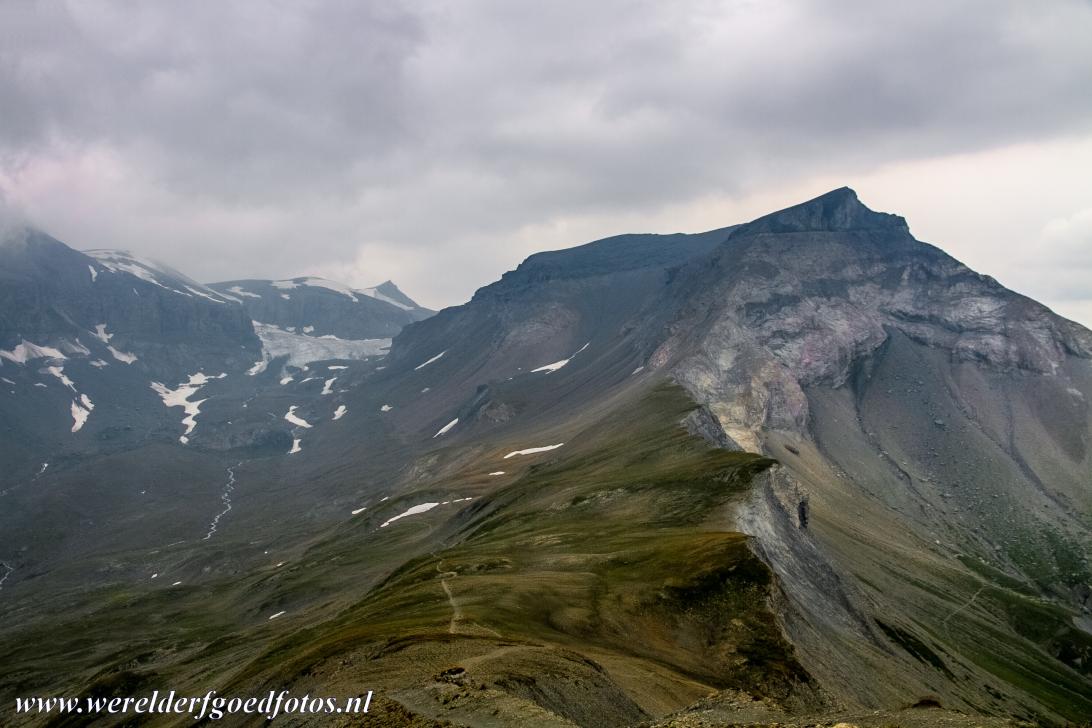
Swiss Tectonic Arena Sardona: Several high mountains rises around the Piz Sardona. The Piz Sardona is a 3056 metres high mountain in the Glarus Alps, situated on the border of the Swiss cantons Glarus and Sankt Gallen. The landscape around the Piz Sardona displays an exceptional example of mountain building through continental collision. The Swiss Tectonic Arena Sardona gained the status as a UNESCO World Heritage in 2008.

Swiss Tectonic Arena Sardona: Several high mountains rises around the Piz Sardona. The Piz Sardona is a 3056 metres high mountain in the Glarus Alps, situated on the border of the Swiss cantons Glarus and Sankt Gallen. The landscape around the Piz Sardona displays an exceptional example of mountain building through continental collision. The Swiss Tectonic Arena Sardona gained the status as a UNESCO World Heritage in 2008.
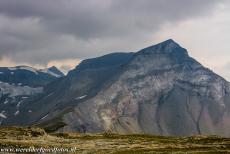
Swiss Tectonic Arena Sardona: The 3028 metres high Trinserhorn, also kowns as Piz Dolf. The Piz Sardona is the small, pointed peak next to the Trinserhorn. The collision of Africa and Europe resulted over millions of years in the formation of the Alps. The older deeper, rock layers were deposited on top of younger, shallower rock layers. The Trinserhorn show the line of the Glarus Overthrust in its upper part. The Ringelspitz (3247 metres) is the highest peak of the Glarus Alps.
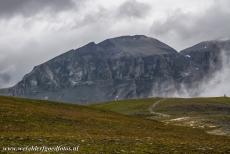
Swiss Tectonic Arena Sardona: The Piz Segnes show the line of the Glarus Overthrust, the line is clearly visible in the mountains around the Piz Sardona: a clear, razor sharp, almost horizontal line, slicing in the slopes of the mountain. Ussually, younger rocks are deposited on older rocks. Howerer, in the tectonic landscape around the Piz Sardona, 250-300 million year old rocks lie on 35-50 million year old rock layers, separated by the line of the Glarus Overthrust.
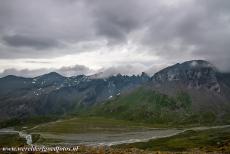
Tectonic Arena Sardona, Switzerland: The Tschingelhörner and the Piz Segnes in the Glarus Alps. On the slopes of the 3098 metres high Piz Segnes is the Glarus Overthrust clearly visible. East of the main summit of the Tschingelhörner Mountains is a hole named Martinsloch. Other natural phenomena in the Swiss Tectonic Arena Sardona are a geological formation at the Lochsite, the copper quarry on the Mürtschenalp, the glaciated mountains and the glaciers.
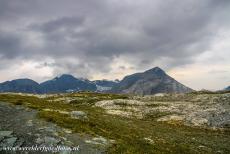
Swiss Tectonic Arena Sardona: The Piz Segnes, the Piz Sardona and Trinserhorn seen from the mountain station Cassons. At the peaks around the Piz Sardona the Glarus Overthrust is clearly visible. In some places of the Swiss Tectonic Arena Sardona, such as on the Fil de Cassons, you have the feeling of standing in the middle of an arena. Swiss Tectonic Arena Sardona became a UNESCO World Heritage in 2008.
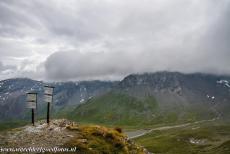
Swiss Tectonic Arena Sardona: In the mountains around the Piz Sardona darker coloured rocks dating back 250 to 300 million years are found on top of lighter rocks that are 35 to 50 million years old, the two layers are separated by a 40 km long, clear, razor sharp, almost horizontal line, slicing across the slopes of the mounains, known as the Glarus Overthrust, it is one of the largest thrust faults in the world. The Glarus Overthrust is visible over a considerable distance.

Swiss Tectonic Arena Sardona: The mountain station on Fil de Cassons is situated 2644 metres above sea level. The Fil de Cassons (Cassongrat) is a moumtain in the Glarus Alps. The mountain station was accessible by cable car until the end of 2015, now only on foot. The area around the Swiss Tectonic Arena Sardona provides an excellent source of knowledge about the formation of mountains. The Swiss Tectonic Arena Sardona is a natural UNESCO World Heritage and was inscribed on the UNESCO World Heritage List in 2008.

Swiss Tectonic Arena Sardona: A Steinmännchen, also called a Steinmandl (Stone Man) near the mountain station on Fil de Cassons, one of the mountains in the Glarus Alps. A Steinmännchen is a pile of stones, they can be found on the peaks in the Alpine regions and other mountainous areas, they are used as trail markers or erected on the highest point, they are built by hikers or mountaineers. They are also used as a place to rest or a place for meditation.
